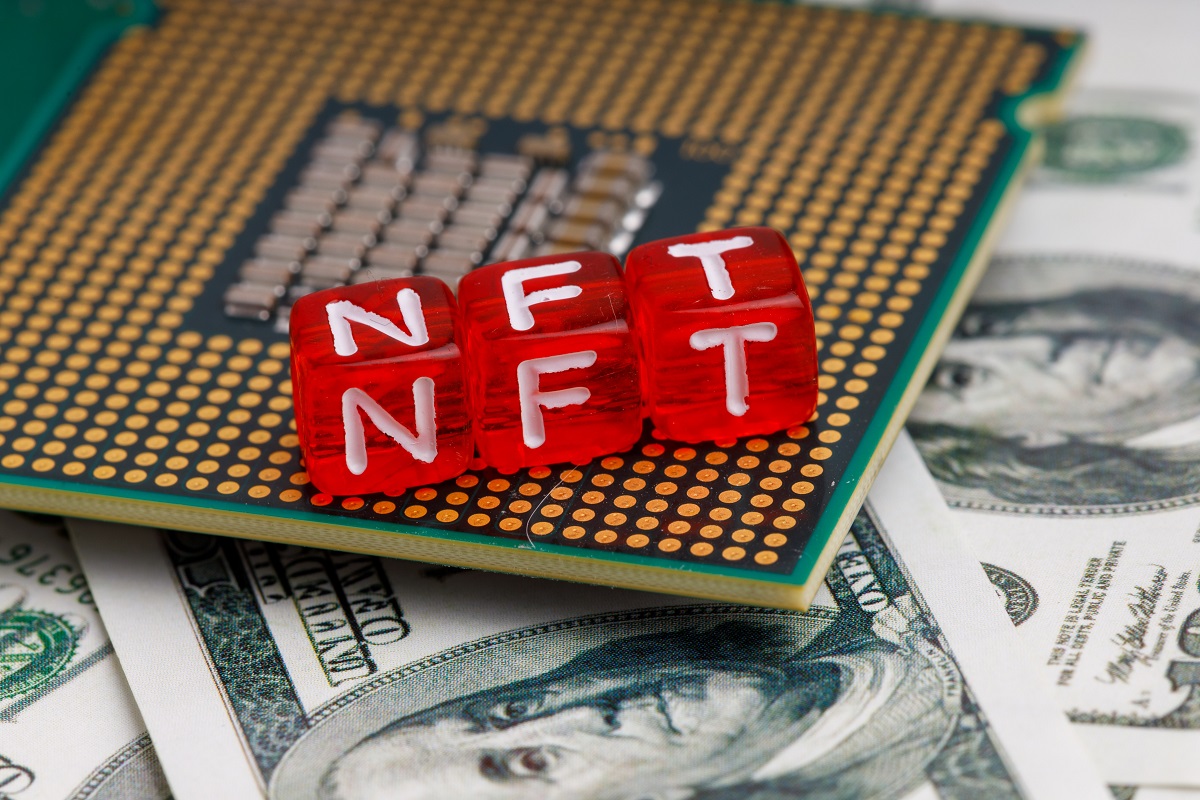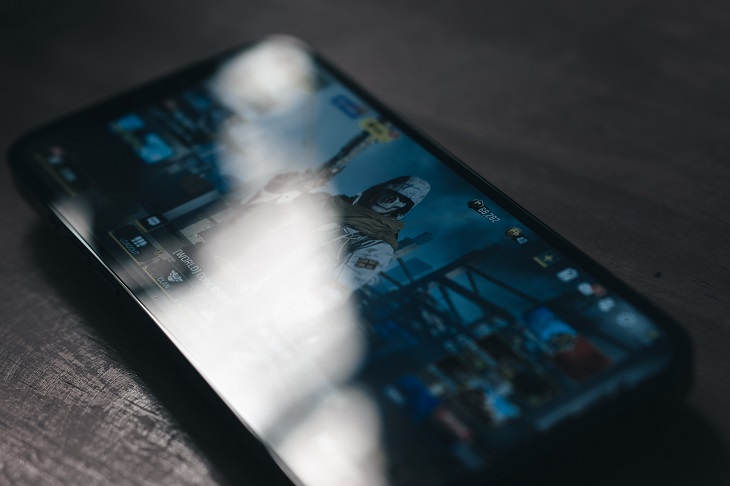Top 10 Questions About NFTs

NFTs! What are they? Why do they exist? Hype or the future? Apes or Moonbirds? Sell or hold? You asked, we answered. (Actually, we asked and then answered ourselves, but let’s not get caught up in the detail.)
Let’s start at the beginning and dive right into our top 10 questions about NFTs.
1. What on earth are NFTs?
An NFT is a digital ticket or certificate that can be used to track and verify the ownership of both physical and digital property.
An NFT could prove you own a house, or a digital artwork. It could act as a ticket to a VIP concert or get you producer credits on a Hollywood movie. No, really.
The magic of NFTs lies in the “N” and the “F”. “Non Fungible” means that the token can’t be replicated and is completely unique in its value. So for example, if we had $1000 in cash and swapped our dollars for somebody else’s thousand, both parties would still have the same amount of money after the swap. Why? Because each dollar represents the same value – dollars are fungible.
However, if we had an imitation Andy Warhol painting and swapped it for a collector’s REAL Warhol, we’d probably have just made the worst deal of our lives. Because however similar the imitation looks, it’s not a real Warhol. And it’s the authenticity of the painting that gives it value.
NFTs, like original Warhols, are non-fungible – each is completely unique and cannot be replicated.
2. Where do NFTs get their value from?
NFTs only hold value if the next person is willing to pay that much (or more) for them.
The rarity of an NFT (number of copies created), the community following and size, the artwork or physical appearance, the history, the team reputation, and the utility (what can it do?) all contribute to determining and driving price.
Some projects have still taken the market by surprise in terms of scope, though – take the hugely successful launch of Moonbirds earlier this year, and the value generated by GoblinTown NFTs during a big market slump.
3. What is a smart contract?
How is this contract smart? Did it go to university? Not quite.
If you’ve ever dipped a toe or two into NFT-land, you will likely have heard of smart contracts. If NFTs are skin, smart contracts are the skeleton.
Lots of NFT aficionados tend to make the same point when it comes to NFTs: it’s not actually about the pixelized cartoons, or even the 1/1 unique digital snap that a photographer has decided to monetize within this new technological frontier. In fact, the power of NFTs is in the smart contracts – the digital code is essentially an NFT’s DNA.
Smart contracts are essentially like paper contracts, except they’ve been automated and digitized. They remove the need for middlemen (bye-bye, expensive legal teams!) as they don’t require the permission or guidance of third parties to be executed safely or securely.
4. Where did smart contracts come from?
Smart contracts were first proposed all the way back in in 1994 by an American computer scientist called Nick Szabo. Szabo invented a virtual currency called “Bit Gold” in 1998 – a whole decade before anyone dreamed up Bitcoin. Szabo is often rumored to be the real Satoshi Nakamoto (the anonymous inventor of Bitcoin), but it’s a claim he continues to deny. A man of mystery, for sure.
Creating digital money meant that a few super-smart tech people realized we could also program that money. Now, with smart contracts, we can replace lawyers and contracts in financial transactions.
5. How much energy do NFTs take up?
Currently, too much. Most NFTs are still minted on the Ethereum chain, where every transaction uses half as much power as the average household does in a whopping 1.5 days. It doesn’t take a mathematician to work out that as Web 3.0 adoption grows, we have a serious issue when it comes to global energy consumption.
However, environmental scientists and engineers are searching hard for sustainable solutions to crypto’s emissions problem. Lots of NFT projects and platforms are leading the way with environmentally friendly projects – check out TrashPiles, Moss.Earth, Greenverse, and OneOf.

6. Are NFTs a good investment?
If investments are what floats your boat, you’re in luck: we’ve dedicated a whole blog post to the topic. But here’s the nitty gritty. On one hand, household brands we know and love – from Nike to Marvel – are finding innovative, meaningful ways to develop NFT offerings: a signifier, we’d say, of the potential and longevity in this emerging market.
BUT… there’s always a but. Put simply, not all NFTs are a good investment. Some that seem to be “blue chip” (more on this below) may quickly tail off, your hard-earned money evaporating into thin air. So we’ll repeat the advice we’ve previously given: if you fancy investing in NFTs, always do it with money that you’re not afraid to lose.
Our top tip is that if you’re going to invest, don’t do so for financial gain, but instead into a project you believe in. Have fun, but stay safe. It’s the Wild West out there!
7. What makes a “blue chip” NFT?
For those of you who keep on top of financial markets outside of cryptocurrency and NFTs, you’ll have likely heard the term “blue chip” before. A blue chip bet, stock, or bond essentially means a place where you can invest money long-term and expect solid returns for years to come.
In the same sense, a blue chip NFT is an NFT that is considered established, stable, and well-known – one in which you can “safely” invest with a proven track record of growth and ROI.
We’d class Bored Ape Yacht Club (BAYC), World of Women, CryptoPunks, and Doodles as solid blue chips, but none have been immune to recent market volatility.
8. Are NFTs a scam?
NFTs are not scams in themselves, but lots of NFT projects unfortunately are. The blockchain technology that underpins NFTs and facilitates smart contracts is very much real. However, the nature of NFTs (digitized; based on emerging tech) means that currently many projects are, shall we say, scammy.
Always do your research before buying into anything and try not to make any decisions based on hype. We go into lots more detail on this in our blog post all about NFT rug pulls.

9. What are NFT games?
NFT games are just like normal video games, but with an extra dimension. NFT games are built on – you guessed it – the blockchain. So, in NFT video games, characters or items can be NFTs, which owners can sell or exchange if they wish.
Players can actually earn fiat currency (translate: normal cash) through trades and exchanges, and earn income with “play-to-earn” models.
10. Where can I buy NFTs?
NFTs can be purchased via digital marketplaces, or exchanges, such as OpenSea or Rarible. Not sure which marketplace to start your NFT journey with? We’ve put together a handy guide detailing our top five NFT exchanges here.
Featured image by Andrey Metelev on Unsplash
